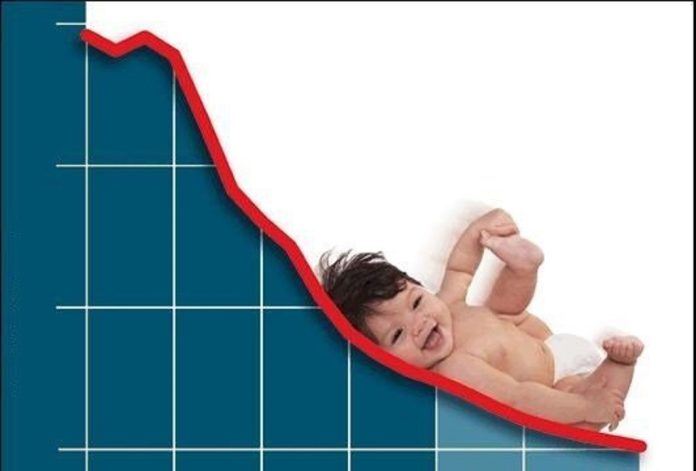- The subject phenomenon never fails to raise concerns simply because of its cyclic occurrences when the birth rates head northwards and subsequently look southwards too when the governments of the day introduce perpetual policies surrounding the matter. We all have heard about how demographic dividends accrue to a nation when its population, especially the young at their most productive best, make up for the majority of the numbers. The huge fillip for any government in the form of the young working class is an advantage to further the cause of the nation without worrying too much about the perceived negativities. However, any government must ensure adequate emphasis is laid on education, healthcare, and employment opportunities.

PC: V Kumara Swamy
- Needless to mention, in the absence of adequate job opportunities for educated youngsters no country can even dream about realizing one’s true potential to make it big. Thus, every government places great importance on ensuring education, healthcare, infrastructure, and employment opportunities for the larger achievement of the nation’s march. However, the burgeoning population growth prompted several countries to vigorously pursue birth-control measures which have resulted in skewed sex ratios and aging. Look at China which is experiencing low birth rates courtesy of its one-child policy of early decades. The consequences are being felt now. It’s another matter altogether that now China advocates more children for married couples.
- Many countries are experiencing similar trends around the globe. As reported recently, the addition to the population of England and Wales in 2022 was its lowest in two decades. It’s come on the heels of almost 50 years of fertility staying below the replacement rate of 2.1. A consequence of these demographic trends is that the social composition of the population is changing, with almost one in four babies born to non-UK parents. The most consequential change however is that the population is fast ageing – the median age is 40, while that of India is 28. Britain’s demographic trends may give the illusion of being a blessing. Worryingly, the OECD projects GDP in 2023 will grow by just 0.3%, close to historic lows. This must be worrying.

PC: BBH
- Still, the UK’s economic reality is that its aging population portends a bleak future, a characteristic it shares with the EU. From 2002-22, the share of young people (0-19) decreased in all member-states of the EU. Research shows that an aging population undermines economic performance by pulling down the growth of total factor productivity -an efficiency measure of inputs such as labor and capital needed to produce a unit of output. Changes such as pushing back the retirement age are short-term fixes. In general, the stock of skills of the employed get dates with time, making them less productive. Many developed countries with unfavorable demographics face a trade-off too. The policymakers must be pragmatic and ingenious here.






